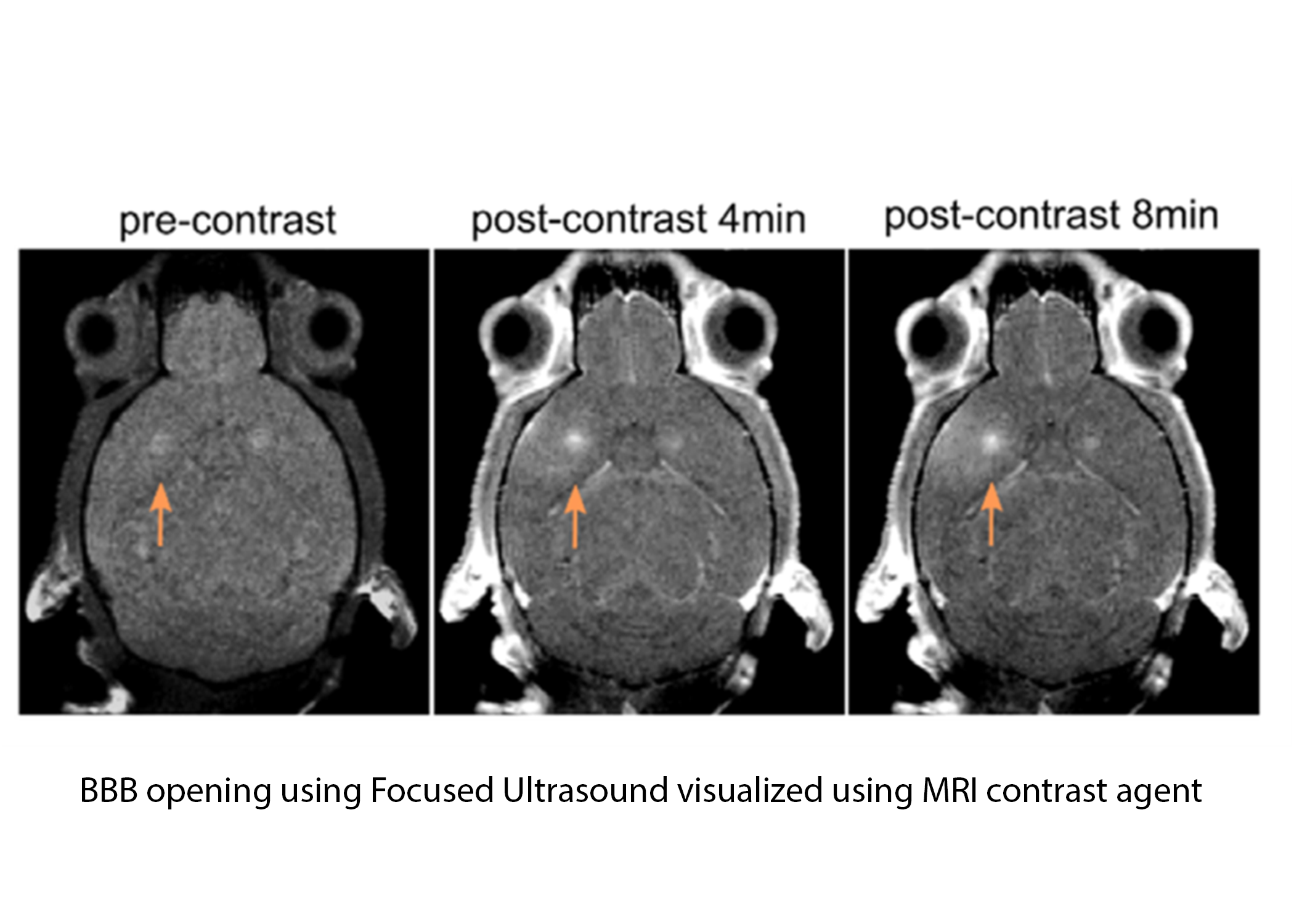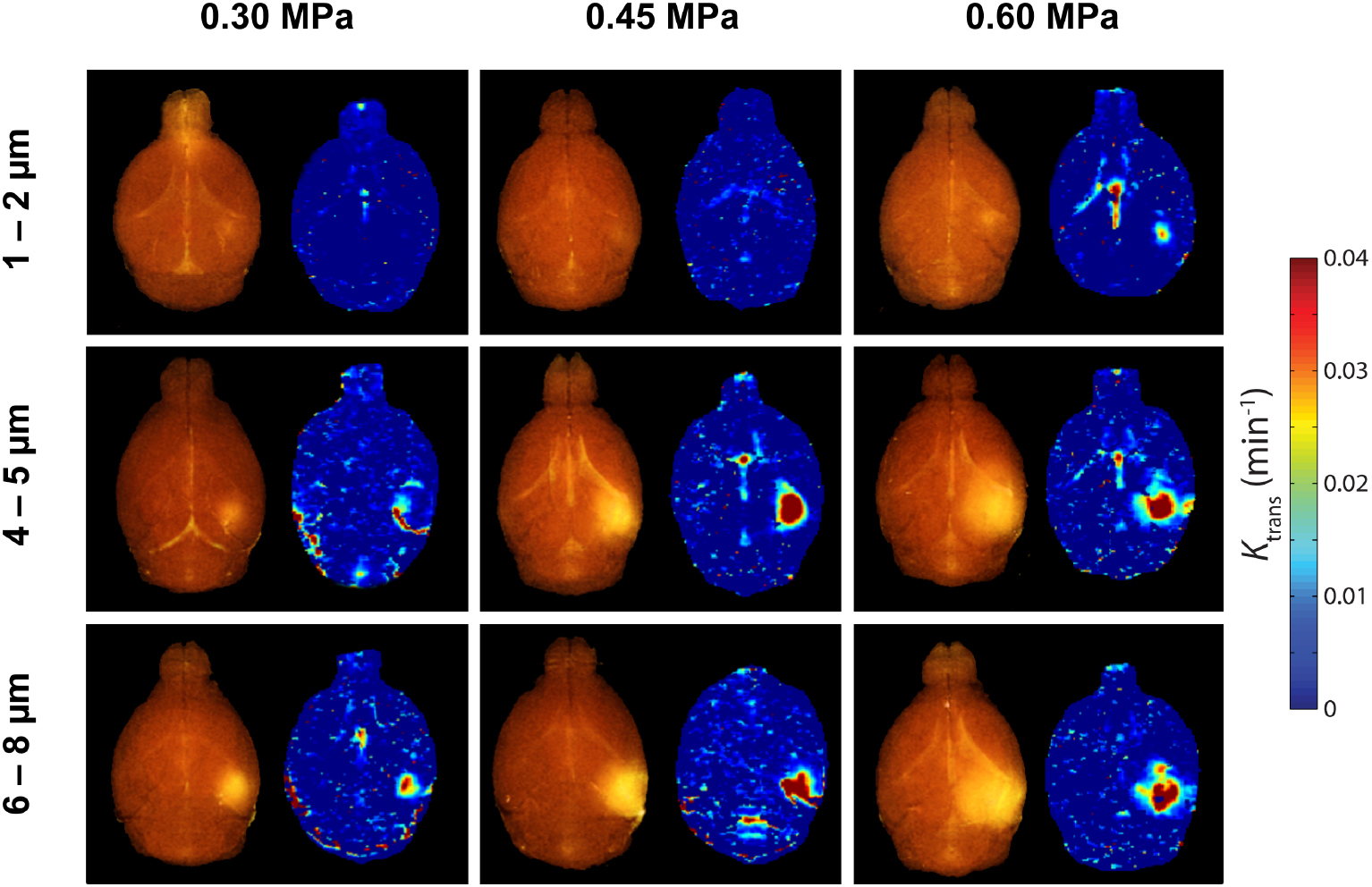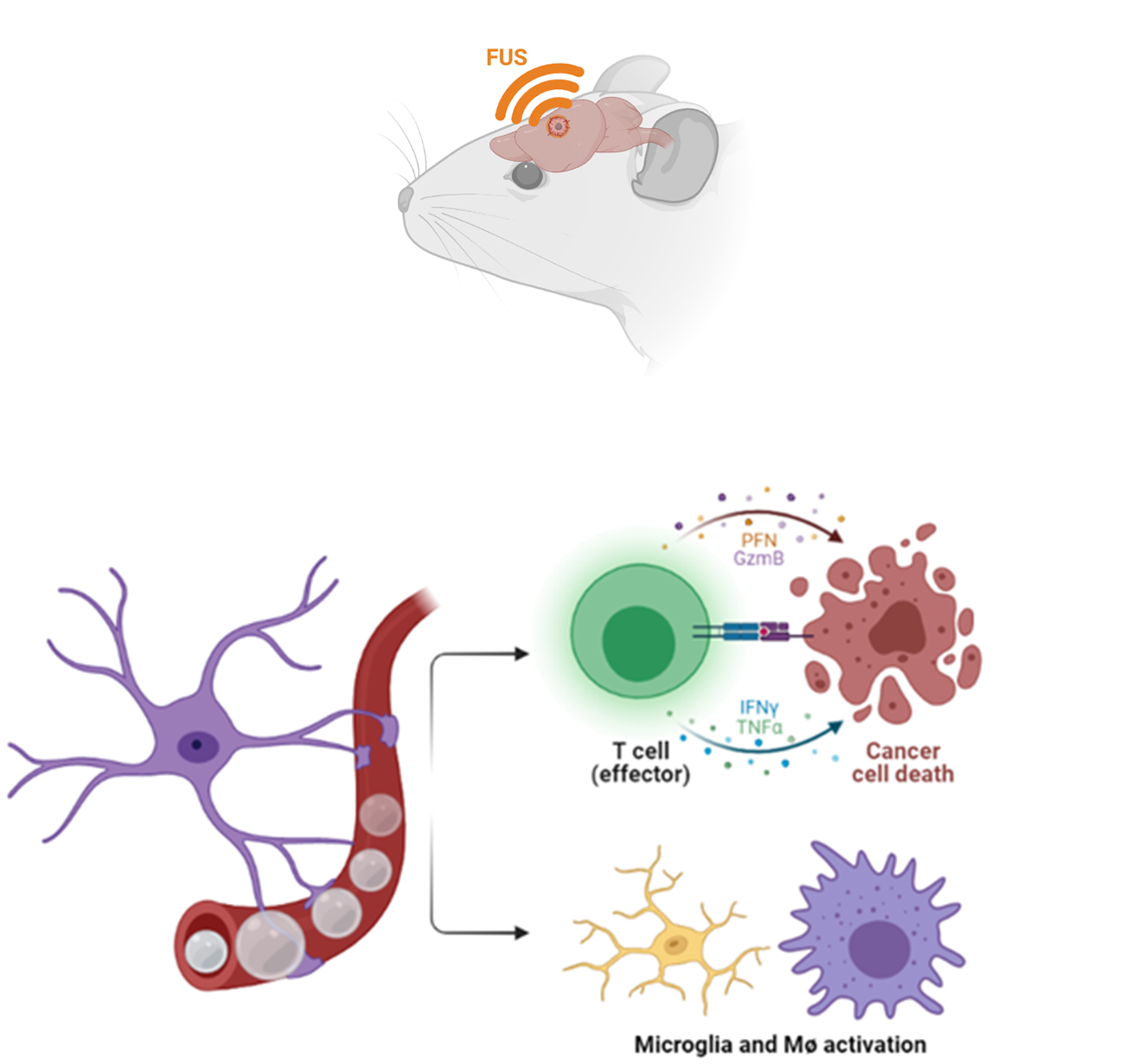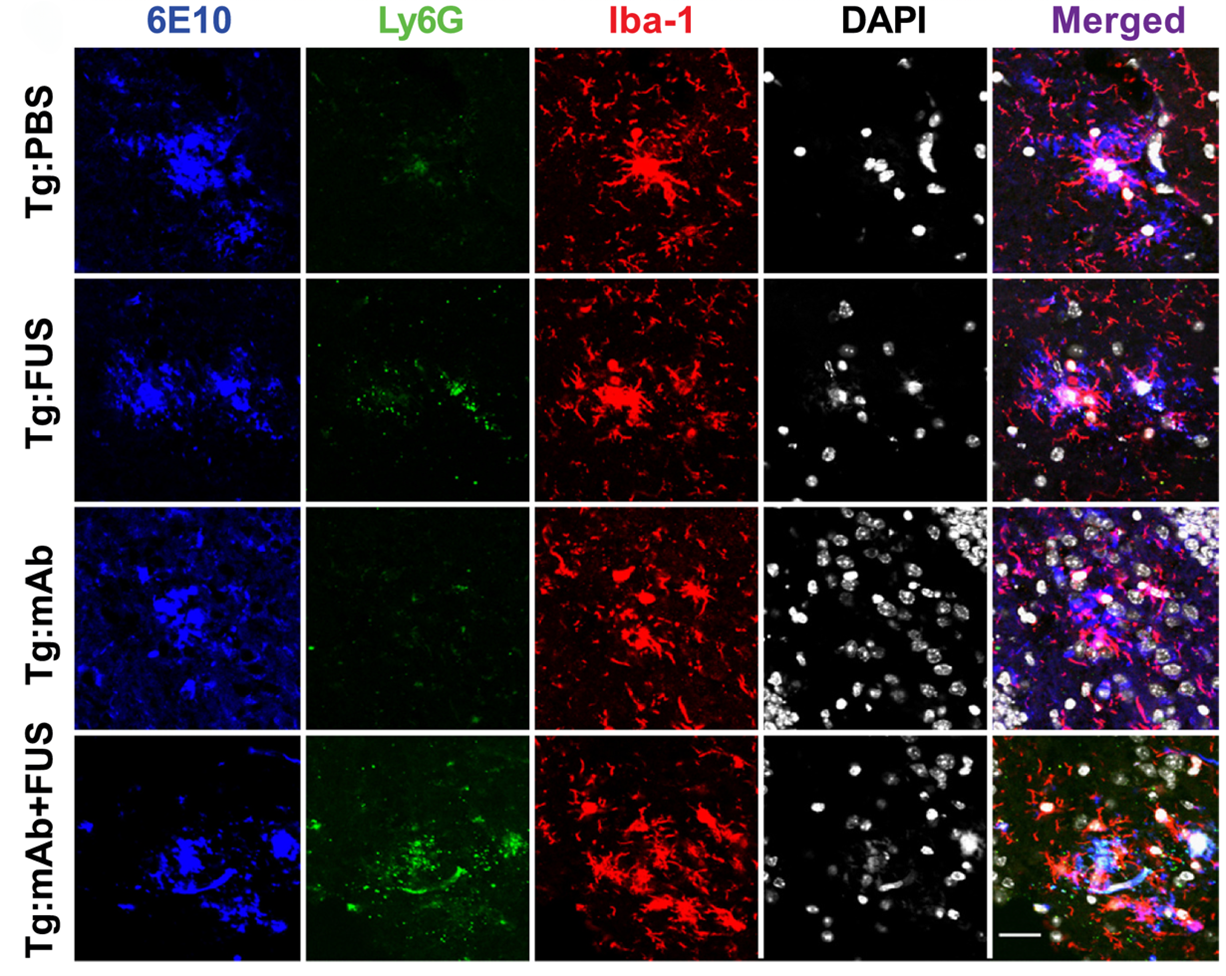

Focused ultrasound (FUS) mediated drug delivery is an emerging and unique technique to deliver drugs and/or agents across biological barriers through the mechanical effects from ultrasound. This technique offers several advantages over traditional drug delivery methods, including increased targeting precision, reduced systemic side effects, and improved therapeutic efficacy. At SUN Lab, we aim to combine region-specific FUS with acoustically responsive nanoparticles to achieve both spatial and physiological targeting for drug delivery.




